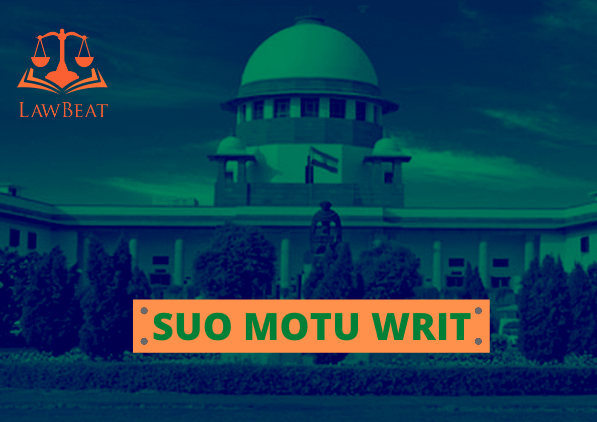Yamuna River Contamination: Supreme Court Registers Suo Motu Writ

A full judge bench of the Supreme Court, comprising Chief Justice SA Bobde, Justice A.S. Bopanna and Justice V. Ramasubramanian, while hearing the petition related to increased ammonia levels in Yamuna due to discharge of pollutants, issued direction to register a suo motu petition viz. contamination of river water, due to improper waste disposal.
The Top court has appointed Ms. Meenakshi Arora, Senior Advocate as amicus curiae in the present matter. Necessary directions were also issued to the Central Pollution Control Board.
Court said, “Open surface water resources including rivers are lifeline of human civilization. In olden days, almost all the human settlements were at the bank of some river as it provided for an array of utilities such as portable water, irrigation, food, livelihood, transportation, etc. Every civilization including ours, has shown great amount of gratitude to these life creating resources.”
Acknowledging the duty of State to ensure healthy and safe environment, Court placed reliance on Article 47, Article 48, Article 243W of the Constitution, along with the observation made by the Supreme Court in Narmada Bachao Andolan v. Union of India, (2000) 10 SCC 664, in the words, “Water is the basic need for the survival of human beings and is part of the right to Life and human rights as enshrined in Article 21 of the Constitution of India and can be served only by providing source of water where there is none. The resolution of UNO in 1977 to which India is a signatory, during the United Nations Water Conference resolved unanimously inter alia as: All the people, whatever their stage of development and their social and economic conditions, have the right to have access to drinking water in quantum and of a quality equal to their basic needs”
Taking into consideration the points raised by the present petition, Court said that although the mandate of law is quite clear; of setting up sewage treatment plants and stoppage of sewage effluents in surface water but on inspection it is often discovered that either the sewage is not treated through a plant before being discharged or the treatment plants are wholly incapacitated.
Directions
- Issue registration of suo moto writ petition (civil) with regard to ‘Remediation of polluted rivers’
- Issuance of notice to State of Uttarakhand, Himachal Pradesh, Haryana, Delhi, Uttar Pradesh, Secretary, Ministry of Envt., Forest and Climate Change and Secretary, Ministry of Housing and Urban Affairs, Govt. of India
- Issuance of notice to Central Pollution Control Board to submit a report identifying municipalities along the river Yamuna which have not installed total treatment plants for sewage as per requirement or have gaps in ensuring that the sewage is not discharged untreated into the river. CPCB may also highlight any other source of prominent contamination within the limits of Municipalities. It shall also submit priority-wise list of Municipalities, river stretches adjacent to which have been found to be most polluted.
- Appointment of Ms. Meenakshi Arora, Senior Advocate, as Amicus Curiae in the present matter.
- Suo Moto petition shall not dilute any directions issued by the lower court or tribunal.
Case Title: Delhi Jal Board v. State of Haryana | WP (Civil) No. 8/2021
